The Science Behind Vertical Pouch Filling Efficiency
Vertical pouch filling machines (VPFMs) are widely used in various industries for packaging granular products such as powders, snacks, and pet food. These machines offer several advantages, including high speed, precision filling, and versatility. Understanding the scientific principles behind VPFMs is crucial in optimizing their efficiency and ensuring accurate packaging.
Volumetric Filling
VPFMs utilize volumetric filling methods to dispense a predetermined volume of product into pouches. Rotary or reciprocating metering devices measure the product volume by displacement or cavity filling. These devices work in conjunction with a timing screw to accurately control the product flow.
Pouch Synchronization
Precise pouch synchronization is essential for proper filling. The machine’s feed belt transports the pouches to the filling station, where timed clamps hold them in place. Sensor systems monitor pouch presence and position, triggering the filling process at the appropriate time.
Pouch Stretching
Pouch stretching is a technique employed to reduce trapped air and enhance product density. Pouch holders gently stretch the pouches during filling, allowing the product to flow evenly and eliminate voids. Proper pouch stretching improves filling accuracy and prevents premature pouch failure.
Vibration and Tamping
Vibration and tamping help consolidate the product within the pouch. Vibrating tables shake the pouches, facilitating product settling and reducing air pockets. Tamping heads apply a gentle force to the pouches, further compacting the product and ensuring proper filling levels.
Sealing and Discharge
Once the pouches are filled, they are hermetically sealed to prevent product contamination and ensure shelf life. Heat sealers create strong, tamper-evident seals by applying heat and pressure to the pouch material. Product discharge systems gently release the filled pouches onto a conveyor belt for further processing or packaging.
Factors Affecting Efficiency
Several factors can influence the efficiency of VPFMs, including:
– Product characteristics: Product density, size, and flowability impact filling speed and accuracy.
– Machine design: The accuracy of the metering devices, the effectiveness of the pouch stretching system, and the reliability of the sealing components are critical for efficient operation.
– Environmental conditions: Humidity and temperature can affect the performance of sensors and seals.
– Operator skill: Proper machine setup and maintenance are essential for optimal efficiency.
Understanding the science behind VPFMs enables manufacturers to optimize the filling process, reduce waste, and ensure product quality. By combining volumetric filling, precise pouch synchronization, pouch stretching, vibration and tamping, and efficient sealing, VPFMs provide a reliable and efficient packaging solution for a wide range of products. Continuous monitoring, maintenance, and optimization efforts are crucial in achieving and maintaining the desired efficiency levels.
-
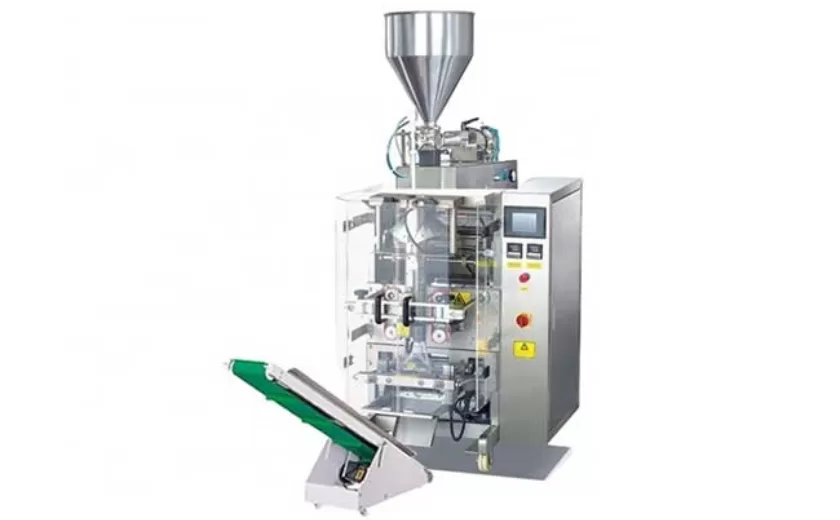
Advanced Packing Solutions: Snacks, Sugar, and Frozen Food Machines
29-10-2025 -
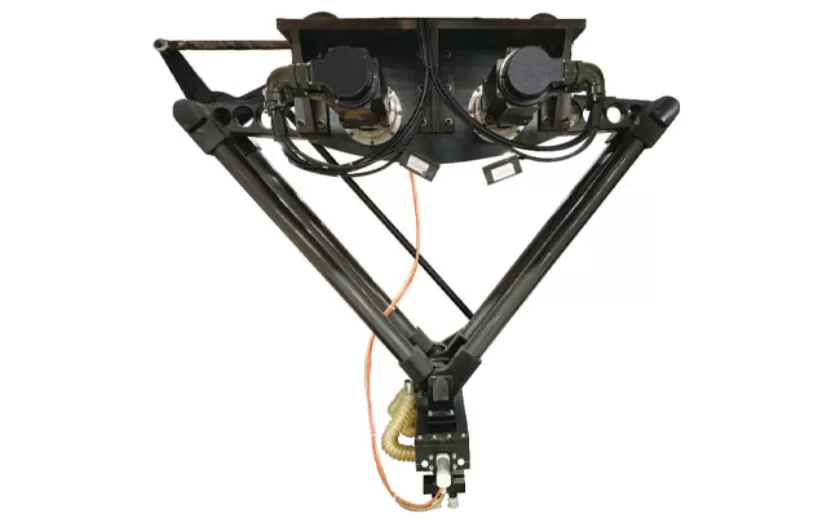
Efficient and Reliable Solutions for Salt, Nuts, and Frozen Dumplings Packing
29-10-2025 -
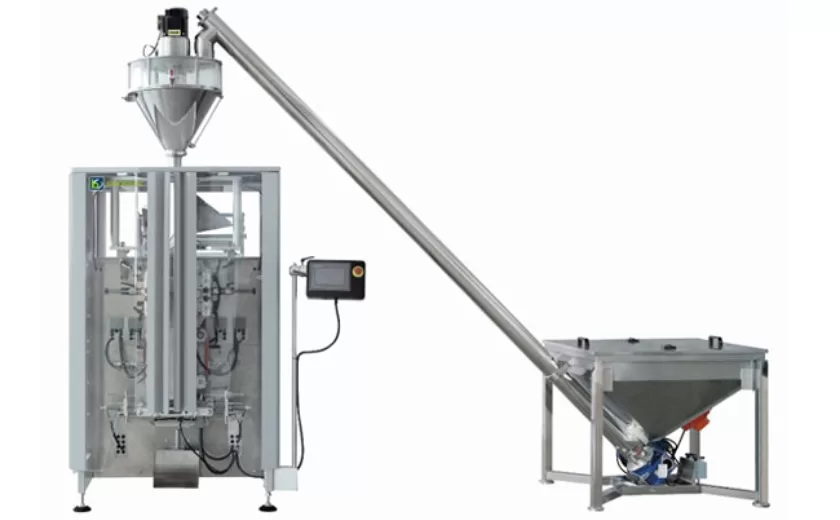
High-Performance Biscuits, Lollipop, and Ketchup Packing Machines for Modern Food Production
29-10-2025 -

Efficient Liquid Filling and Packing Machines for Modern Production
23-10-2025 -
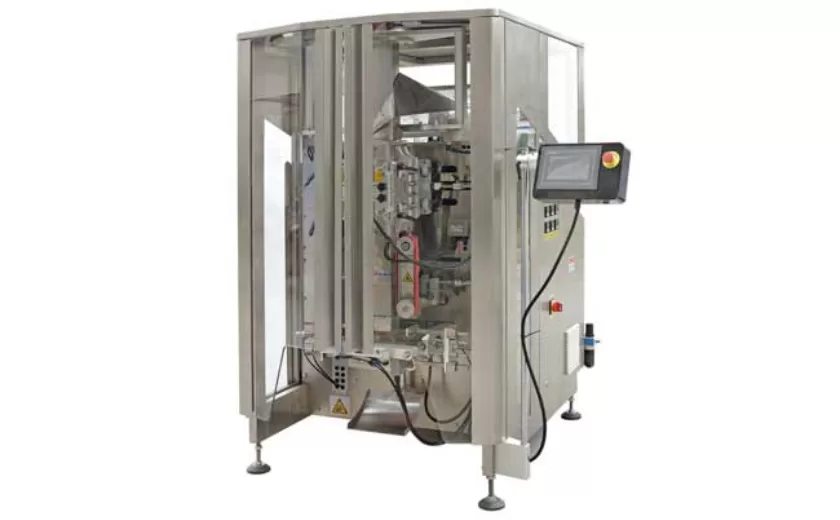
Reliable Granule Packaging Machines for Efficient Production
23-10-2025 -

Efficient Auger Powder Filling Machines for Accurate Packaging
23-10-2025 -

High-Performance Liquid Filling and Packing Machines for Hygienic Production
10-10-2025 -

High-Efficiency Granule Packaging Machines for Precision and Speed
10-10-2025 -

High-Precision Auger Type Powder Filling Machines for Efficient Packaging
10-10-2025 -
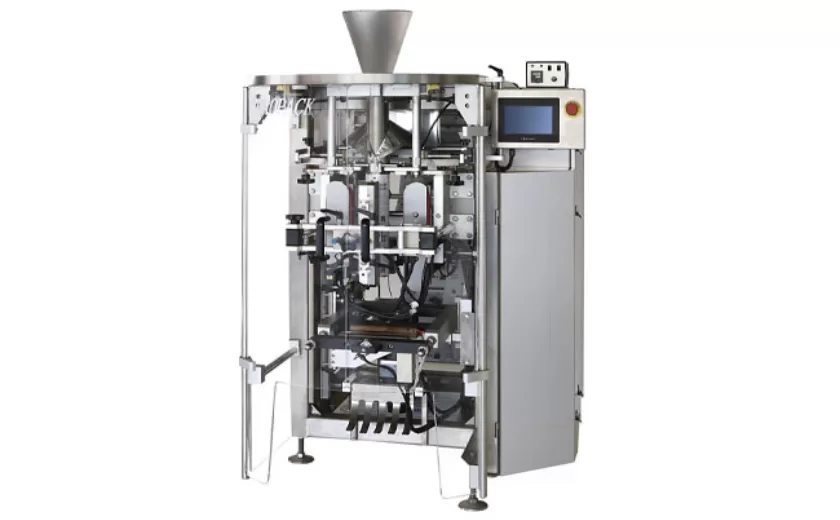
Efficient Vertical Form Fill Seal Packaging Machines for Smart Production
10-10-2025





